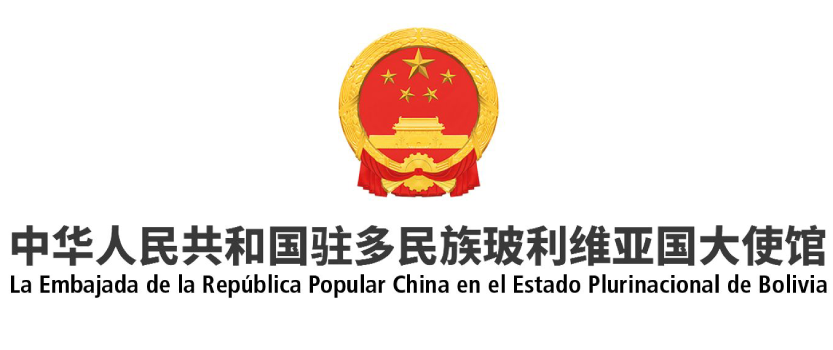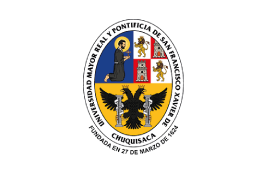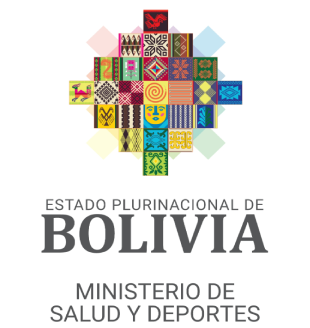About The Olympiad
The premier competitive programming competition for secondary school students.

The International Olympiad in Informatics (IOI)
Is one of several international science Olympiads held annually around the world.
- Discover, encourage, and challenge exceptionally talented students in the field of informatics.
- Foster friendly international relationships among computer scientists and informatics educators.
- Promote the discipline of informatics and highlight its importance among young people.
Each participating country selects a team of up to four students to represent them in the competition.
Where
Garcilazo Sports Complex
Sucre, Bolivia
When
July 27 to August 3, 2025
Explore Bolivia
A country of stunning contrasts and rich cultural heritage.

Rich Culture
A vibrant tapestry of indigenous traditions and colonial history.

Breathtaking Landscapes
From the Andes mountains to the Amazon basin and the Uyuni Salt Flats.

Sucre, The White City
The constitutional capital of Bolivia and a UNESCO World Heritage site.
Our Sponsors
We are grateful for the support of our partners who make this event possible.



















